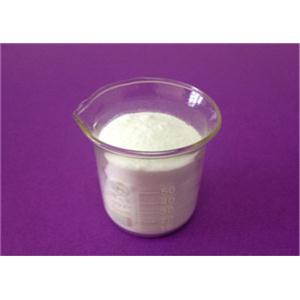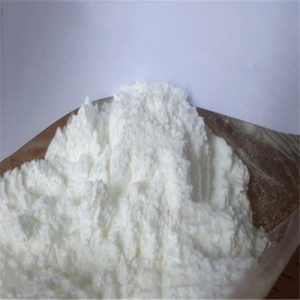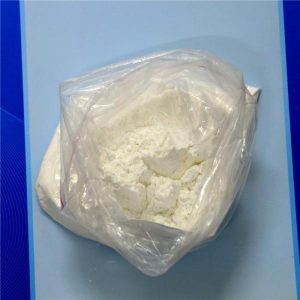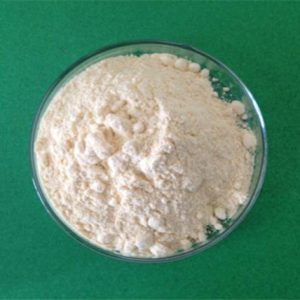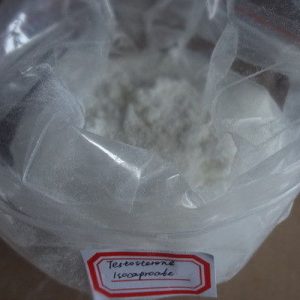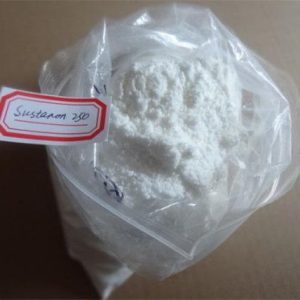Nolvadex (tamoxifen citrate) is a nonsteroidal antiestrogen used to treat breast cancer that has spread to other parts of the body (metastatic breast cancer), to treat breast cancer in certain patients after surgery and radiation therapy, and to reduce the chances of breast cancer in high-risk patients.
Application
Long term use of Tamoxifen as prophylaxis is recommended and found useful with decrease in recurrence rate of breast cancer. The risk-lowering effect of Tamoxifen appears to persist for at least 10 years, yet most side effects of Tamoxifen do not continue after the 5-year treatment period. Thus the long term treatment with Tamoxifen is appreciated[4]. Tamoxifen has been the adjuvant therapy of choice for postmenopausal, node-positive, and estrogen or progesterone receptor positive women since the mid-1980s, and for postmenopausal, node-negative, and estrogen or progesterone receptor-positive women since the early 1990s.
It is also being used in many cases of node-negative and receptor-positive premenopausal women. A high proportion (40-60%) of all women who undergo potentially curative surgery for breast cancer now receive adjuvant Tamoxifen therapy for a period of 2 to 5 years. It was first approved for pharmaceutical use in the United Kingdom in 1973 and in the United Sta.
Mode of action
Tamoxifen is being frequently prescribed as hormonal therapy of estrogen positive breast cancer in the clinics of Pakistan. There is a competitive binding of tamoxifen to estrogen receptors in cancer cells and other tissue targets, and this in turn produces a nuclear complex that decreases DNA synthesis and inhibits estrogen action. It is a non-steroidal agent with potential anti estrogenic abilities which occupies estrogen binding sites in breast tissue and metabolized by the liver enzyme Cyp2D6 (cytochrome P450, family 2, subfamily D, polypeptide 6), rendering active metabolites of Tamoxifen includes N-desmethyl tamoxifen, endoxifen and 4 hydroxy tamoxifen. Tamoxifen is known as a classic pro-drug requiring metabolic activation to start its pharmacological activity. Mainly 2D6 of cytochrome 450 appears to be the rate-limiting enzyme converting the pharmacologically inactive metabolites (Tamoxifen and NDM) to endoxifen, and further contributes to the formation of 4-O.
Tamoxifen Citrate Side Effects
Most common side effects caused by tamoxifen are nausea, hot flashes, vaginal dryness, loss of sexual desire. It is notable that tamoxifen is not an antagonist at all tissues like in breast tissue. It therefore has agonist effect in bones and ovaries. In addition, it does not have a cardioprotective effect on heart and causes thromboembolism and fatty liver. It shows a reduction in libido and evidences of decreased cognition have been reported.
The side effect of tamoxifen at mitochondrial level lies in an increased reactive oxygen species pathway due to tamoxifen within mitochondria of a cell leading to apoptosis. Whilst it may also prove that the tamoxifen may leads to aging process as it is being used by breast cancer patients for more than 5 years.
Less common side effects include anxiety, blistering, peeling, or loosening of the skin and mucous membranes, blurred vision, cataracts in the eyes or other eye problems, change in vaginal discharge, chest pain, chills, confusion, cough, dizziness, fainting, fast heartbeat, fever, hoarseness, lightheadedness, lower back or side pain, pain or feeling of pressure in the pelvis, pain or swelling in the legs, pain, redness, or swelling in your arm or leg, painful or difficult urination, rapid shallow breathing, shortness of breath or trouble with breathing, skin rash or itching over the entire body, sweating, weakness or sleepiness, wheezing, vaginal bleeding and yellow eyes or skin.
More common side effects are absent, missed, or irregular periods and decrease in the amount of urine. There seems to be correlation between long-term Tamoxifen administration and endometrial proliferation[14]. Mild-moderate gastrointestinal toxicity (diarrhea, anorexia) and reversible neurotoxicity were observed in dogs receiving chemotherapy plus high-dose Tamoxifen given for seven days[15]. Nausea and vomiting can occur. Dizziness, lethargy, depression, irritability and cerebellar dysfunction have been described.
Description
Tamoxifen is a non-steroidal compound with structural similarities to diethylstilbestrol. Tamoxifen citrate is an estrogen receptor antagonist/partial agonist. Induces oxidative stress and apoptosis in estrogen receptor-negative cancer cell lines. Displays neuroprotective effects in permanent focal ischemia. Inhibits PKC. Potent agonist at GPR30 (membrane estrogen receptor). Clinically useful breast cancer agent.
Chemical Properties Tamoxifen citrate is a white to off-white powder with no smell. It can dissolve in methanol, ethanol, and acetone to varying degrees and can slightly dissolve in trichloromethane, but it is almost insoluble in water. It can dissolve in glacial acetic acid. When tamoxifen citrate reaches a temperature between 142-148°C, it melts and decomposes at the same time.tamoxifen citrate for men
Originator Nolvadex,I.C.I.,UK,1973
Uses
Tamoxifen citrate is commonly used in the treatment of women with metastatic carcinoma of the breast to prevent recurrence after surgery or radiation treatment, and as prophylaxis for patients at very high risk to develop breast cancer.
Uses anti-estrogen, protein kinase C inhibitor, beneficial cardiovascular effects, bone cancer treatment, induces DNA adduct formation
Uses Tamoxifen Citrate is a selective estrogen response modifier (SERM), protein kinase C inhibitor and anti-angiogenetic factor. Tamoxifen is a prodrug that is metabolized to active metabolites 4-hydroxytamoxifen (4-OHT) and endoxifen by cytochrome P450 isoforms CYP2D6 and CYP3A4.
General Description Tamoxifen
2-[4-(1,2-diphenyl-1-butenyl)phenoxy]-N,N-dimethylethanamine(Nolvadex), is a triphenylethylene SERM used to treatearly and advanced breast carcinoma in postmenopausalwomen. Tamoxifen is used as adjuvant treatment for breastcancer in women following mastectomy and breast irradiation.It reduces the occurrence of contralateral breast cancerin patients receiving adjuvant tamoxifen therapy. It is alsoeffective in the treatment of metastatic breast cancer in bothwomen and men. In premenopausal women with metastaticbreast cancer, tamoxifen is an alternative to oophorectomyor ovarian irradiation. Tamoxifen can be used preventativelyto reduce the incidence of breast cancer in women athigh risk. Antiestrogenic and estrogenic side effects caninclude hot flashes, nausea, vomiting, platelet reduction,and (in patients with bone metastases) hypercalcemia. Likeall triphenylethylene derivatives, it should be protectedfrom light.
Biological Activity Estrogen receptor antag
storage +4°C
Tamoxifen citrate powder Chemical Properties
Melting point 140-144 °C
storage temp. 2-8°C
solubility methanol: soluble50mg/mL, clear, colorless
form Powder
color White to off-white
Water Solubility slightly soluble
Sensitive Light Sensitive & Hygroscopic
Merck 14,9048
BCS Class 1
Stability: Stable for 1 year from date of purchase as supplied. Solutions in DMSO may be stored at -20° for up to 2 months.
InChIKey FQZYTYWMLGAPFJ-OQKDUQJOSA-N
SMILES C(/C1=CC=CC=C1)(\C1C=CC(OCCN(C)C)=CC=1)=C(/CC)\C1=CC=CC=C1.C(O)(C(=O)O)(CC(=O)O)CC(=O)O
CAS DataBase Reference 54965-24-1(CAS DataBase Reference)
EPA Substance Registry System Tamoxifen citrate (54965-24-1)
More Introduction:https://en.wikipedia.org/wiki/Tamoxifen
